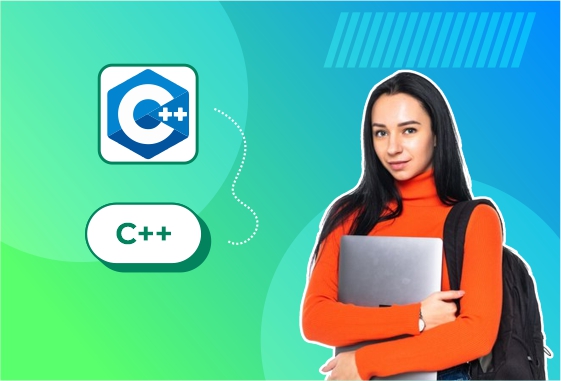
Real-time Multiplayer Game with Matchmaking
Project Title: Real-time Multiplayer Game with Matchmaking in C++
Project Summary
This project is a real-time multiplayer game developed using C++, where players can join and compete with others in real-time. The game includes a matchmaking system that pairs players based on skill, availability, or other factors. The focus is on building a reliable server-client architecture, network synchronization, and a seamless player experience.
Core Components
Client-Server Architecture
- Server manages game logic, player data, match progression, and syncs states across all clients.
- Client handles player input, rendering, and displaying game data received from the server.
- Typically uses TCP/UDP sockets (e.g., with Boost.Asio or raw sockets.h).
Matchmaking System
- Players are matched into games based on factors like skill, rank, or availability.
- The server hosts a match queue, placing players in available sessions or waiting for new players to join.
- Matchmaking can be simple (random) or more sophisticated (ELO/ranking-based systems).
Real-Time Network Synchronization
- Players' actions and game states are synchronized across all clients in real-time.
- Use lag compensation techniques, such as interpolation or client prediction, to reduce perceived latency.
- Periodically, the server sends game updates (positions, events) to clients.
Game Logic and State Management
- Server handles the authoritative game state (e.g., player scores, health, positions).
- Resolves any conflicts between client states and the authoritative server state to avoid cheating.
Player Authentication and Lobby System
- Players can log in, register, or authenticate using OAuth, JWT tokens, or local verification.
- Lobby system where players can invite others, create or join matches, and chat.
Input Handling and Event Processing
- Client captures user input (keyboard, mouse, controller) and sends actions (e.g., movement, attacks) to the server.
- The server processes these actions and updates the game state, then synchronizes changes across all clients.
Game UI and HUD
- Displays real-time information, such as player stats, match status, and current game events.
- Game menus, matchmaking UI, and in-game scoreboards.
Technologies Used
- C++
- Networking Libraries (Boost.Asio, Winsock, or raw sockets)
- Protocols: TCP/UDP
- Libraries for rendering and input (e.g., SFML, SDL, OpenGL, or DirectX)
- Multithreading (for handling multiple players simultaneously)
- JSON or binary protocols for client-server communication
- Database (optional) for storing player data, match histories, leaderboards.
Learning Outcomes
- Understanding of network programming and real-time synchronization
- Development of server-client architecture and matchmaking logic
- Use of multithreading to handle multiple client connections
- Implementation of lag compensation techniques in fast-paced games
- Experience in building a scalable system for multiplayer games
Possible Enhancements
- Add more complex matchmaking (skill-based, region-based, etc.).
- Support for larger-scale multiplayer (e.g., 10+ players in a game).
- Introduce ranked matchmaking and leaderboards.
- Include voice chat or text chat functionality during gameplay.
- Add mobile support or cross-platform multiplayer (PC, console, mobile).
- Implement anti-cheat mechanisms for fair gameplay.





